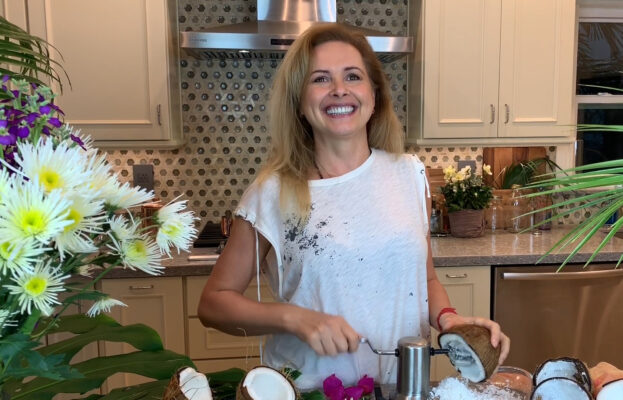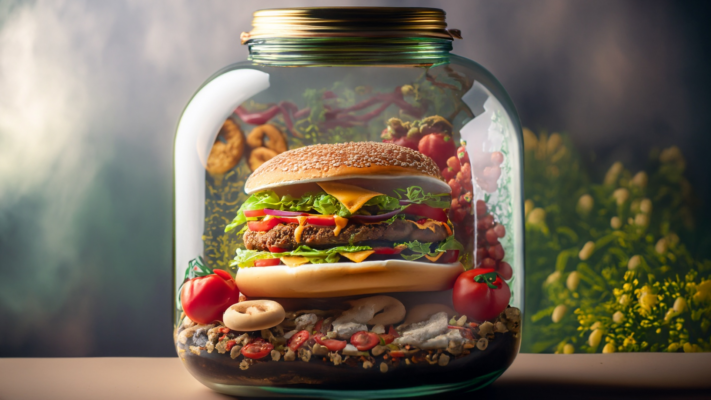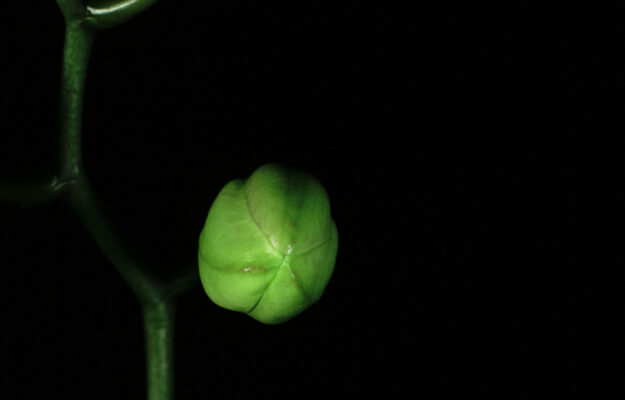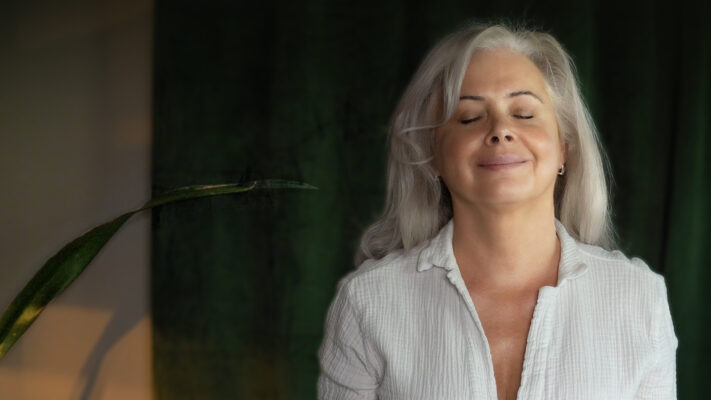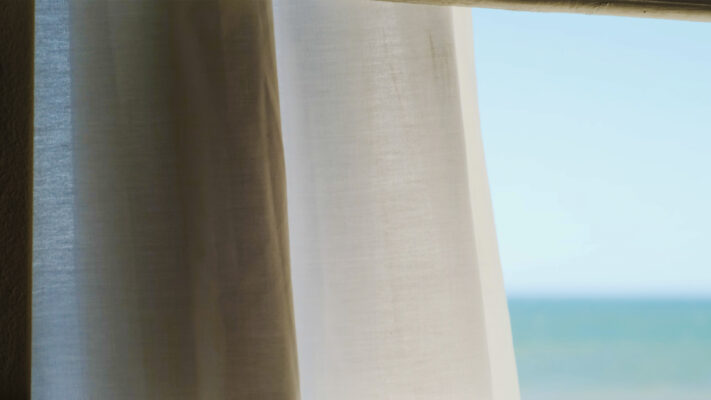Hide Your Cookies! 😳 The Magic of ‘Out-of-Sight, Out-of-Mind’
‘Out-of-sight, out-of-mind,’ this phrase, seasoned with wisdom and dipped in life’s experience, is an eloquent reflection of our human nature. It’s not about forgetfulness but a testament to our brain’s way of navigating the labyrinth of sensory inputs and social interactions.
Imagine, if you will, your favorite piece of furniture, say a comfy armchair. Now, suppose you had to move this armchair to the attic due to space constraints. Initially, you miss its presence. The space feels empty, lacking the comfort it used to provide. But as days pass, you get accustomed to it not being there, and eventually, it slides to the back of your mind. Until one day, while rummaging through the attic, you stumble upon it and think, ‘Oh, I’d almost forgotten about you.’ Sound familiar?
Now, you may ask, ‘Why should I care about ‘out-of-sight, out-of-mind’?’ Well, it has more to do with our lives than just old furniture and forgotten friends. It holds a fascinating key to understanding our behaviors and even influencing them for the better.
So, you know how when you’re cleaning up your room, you find that old toy or book you used to love but totally forgot about? And suddenly, you’re all over it again, right? It’s kinda like that with food too.
Let’s say there’s a cookie jar on your kitchen counter. Every time you pass by, even if you’re not hungry, you’re likely to think, “Hmm, maybe I could have just one cookie.” And we both know how that ends, one turns into two, then three, and before you know it, you’re halfway through the jar!
But now, imagine if that cookie jar was tucked away in a high cabinet, out of immediate sight. You’d probably forget it’s even there! It’s not constantly in your face tempting you, so you’re much less likely to over-indulge. Hence, the saying “out of sight, out of mind.” And trust me, when it comes to maintaining a healthy diet, this little trick can be a real game-changer.
You see, our eating habits is one place where the “‘”out-of-sight, out-of-mind” phrase holds particular sway. Think about the last time you walked into a supermarket with a resolution to eat healthier, only to be enticed by the strategically placed chocolate bars at the checkout counter. The very sight makes the resolution waver, doesn’t it?
And it’s not just our anecdotal experiences that vouch for this. There’s solid scientific research to back it up. A study conducted by researchers at Cornell University(1) found that people ate less candy when it was stored in opaque containers than when in clear ones. It’s the old adage coming to life—what’s not seen, doesn’t tease the mind!
So how do we harness this piece of wisdom to our advantage? It’s simple. We use it to craft our environment in a way that encourages positive habits. You want to eat healthier? Place fruits and veggies at eye level in your fridge and tuck away those not-so-healthy snacks in a less visible spot. Watch how your mind subtly steers you towards healthier choices without the need for willpower tug-of-war.
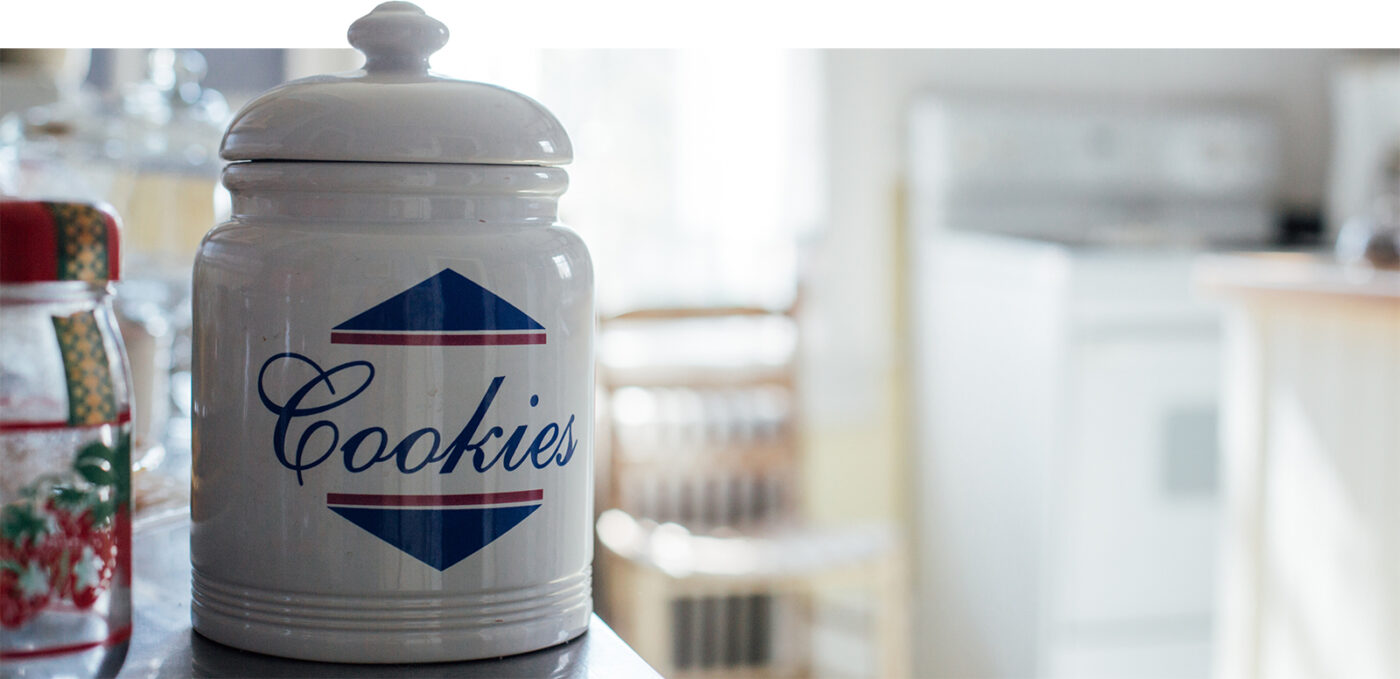
Temptation Vacation: How ‘Out-of-Sight, Out-of-Mind’ Can Change Your Life
By keeping temptation out of sight, we’re not constantly reminded of the food, which helps reduce those involuntary cravings. It’s a simple tweak, but oh boy, it’s a game-changer!
And when it’s time for a treat, we can mindfully choose what to eat, savor it, enjoy it, rather than impulsively reaching into the cookie jar because it’s there. This isn’t about denying yourself the pleasure of food, oh no! It’s about changing the dynamics of the relationship we have with food. It’s about taking control, making conscious choices rather than letting a plate of stale donuts dictate your morning.
This ‘out-of-sight, out-of-mind’ strategy does its magic because anything we don’t keep feeding eventually loses its power. It’s just how conditioning works. If we stop giving our attention, words, or actions to something, eventually, its grip on us starts to fade. But this isn’t about aggressively pushing things away, it’s about cleverly replacing them. Why? Because whatever we fight against can sometimes become oddly more appealing.
So let’s make a pact, shall we? Let’s put that bag of chips in the cupboard, let’s store cookies in an opaque jar. Then, when we choose to enjoy these treats, we’ll do it mindfully, fully aware, savoring every bite, every flavor. Because this isn’t about forcefully resisting our cravings. It’s about intelligently designing our surroundings to support our goals. We’re not shunning the chocolates and chips; we’re simply allowing them to take a little ‘out-of-sight, out-of-mind’ vacation!

From Chaos to Calm: The Magic Wand of ‘Out-of-Sight, Out-of-Mind’
Now, ‘Sure, ‘out-of-sight, out-of-mind’ is great for resisting stale doughnuts, but what about other areas of life?’ Well, this principle can be a game-changer in other domains too.
Spending too much time on your phone? Try moving the distracting apps to a folder or the last screen of your phone. You’ll be amazed at how quickly your incessant urge to check every ping quiets down.
Let’s talk about decluttering. Have you ever wondered why professional organizers suggest ‘a place for everything and everything in its place’? It’s because when things are out of our sight, they’re less likely to distract us. If you’re battling with a messy home office, try to find a storage solution for your clutter. You’ll be surprised how productive you become once your workspace is neat and tidy!
Now, what about relationships? ‘Out-of-sight, out-of-mind’ can help here too. Let’s say you’re trying to move on from a past relationship. Seeing constant reminders of your ex—like pictures or mementos—can make it much harder. Try putting these objects out of sight. As these visual reminders disappear, you’ll find it easier to let go and move forward.
And how about financial wellness? Ever found yourself spending money on things you don’t need, just because they’re right there in front of you? Try using ‘out-of-sight, out-of-mind’ with your spending habits. Unsubscribe from retail newsletters that tempt you to spend. Keep your credit cards somewhere less accessible. You’ll find it easier to stick to your budget and reach your financial goals.
So, there you have it. ‘Out-of-sight, out-of-mind’ is not just a saying—it’s a handy tool for self-improvement, whether you’re looking to eat healthier, improve your focus, manage your emotions, or save money. In a world brimming with distractions, ‘out-of-sight, out-of-mind’ is our personal housekeeper, helping us clear the clutter and focus on what truly matters. So, next time you come across this phrase, you know it’s not just a saying; it’s a strategy for a healthier, more mindful life.
PRACTICES

“The Hidden Treasure” Mindfulness Practice
This mindfulness practice is all about harnessing the ‘out-of-sight, out-of-mind’ principle to anchor you in the present moment and eliminate unnecessary distractions.
Materials Needed: A small, meaningful object (e.g., a piece of jewelry, a photo, a small toy, a note) that brings you joy or peace when you see or hold it.
Steps:
- Choose Your Object: First, choose an object that has personal significance to you. This object will be your ‘hidden treasure.’
- Find a Hiding Spot: Choose a hiding spot somewhere in your living or workspace where the object can stay out of sight, like inside a drawer, on a bookshelf, or tucked inside a favorite book.
- Hide the Treasure: Hide the treasure in the chosen spot.
- Mindful Reminder: Each morning, as part of your mindfulness practice, spend a few moments to bring your treasure out of its hiding spot. Hold it in your hands, examine it closely, and allow it to anchor you to the present moment. Breathe deeply as you acknowledge the positive feelings this object brings.
- Reflection: Take a moment to reflect on the meaning of this object. What does it represent for you? Why is it important? How does it make you feel?
- Return the Treasure: Return the object to its hiding spot when you’re done. It will wait for you there until the next day.
- Out-of-Sight, Out-of-Mind: Go about your day with the knowledge that your hidden treasure is there, waiting for you, but out of sight for the time being. Allow this knowledge to bring a sense of peace and calm to your day.
This mindfulness practice helps in two ways. Firstly, it utilizes the ‘out-of-sight, out-of-mind’ concept to keep the object special and exciting. Since it’s not constantly in your line of sight, each time you bring it out, it serves as a fresh reminder to be present. Secondly, the very act of revealing and then hiding the object back brings a moment of focus and mindfulness to your daily routine, grounding you in the present.
Be Alive 🌱
Love ❤️, Julia
Mindful Eating 🥢
Mindful Eating Meditation
GUIDED MEDITATIONS 💗
DISCLAIMER: The materials and the information contained on the Positive Pranic website are provided for general and educational purposes only and do not constitute any legal, medical, or other professional advice on any subject matter. None of the information on our videos is a substitute for a diagnosis and treatment by your health professional. Always seek the advice of your physician or other qualified health providers prior to starting any new diet or treatment and with any questions you may have regarding a medical condition. If you have or suspect that you have a medical problem, promptly contact your health care provider.










